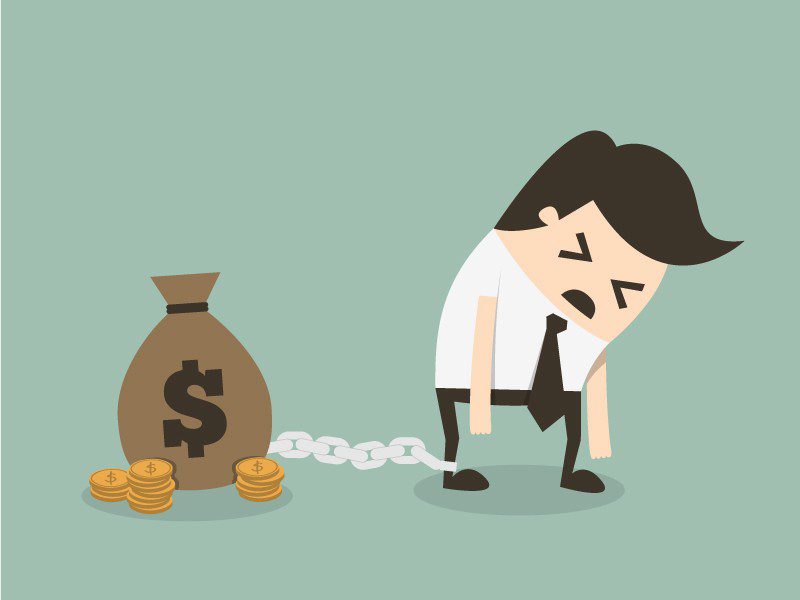Of all human emotions, the most painful, the hardest to tolerate is shame. Shame is the feeling that there is something wrong with us, that we are not only inadequate, but basically flawed. Shame can assume different intensities from embarrassment to humiliation.
When we have attainable internal ideals, and live up to them, self-esteem results. Shame, the antithesis of self-esteem, results from failure to live up to our internal ideals. To betray a personal value results in feeling exposed, vulnerable, or judged by others. Then, aspects related to self—esteem,worth, value, confidence—each dissolves into the personal disgrace of shame. The feeling that there is something wrong with us usually manifests as some variation of feeling less than.
Money often becomes a focal point for shame. Shame about a significant difference of financial resources between people can threaten a relationship. The shame of not having enough money to sustain a social relationship can seem unbearable.
Shame builds a barrier of silence to avoid talk about money. We may not break that taboo to expose ourselves for fear of shame. One of the hallmark reactions of shame is wanting to hide, to feel invisible. We hide our relationship to money, to speaking about it, in order to carefully create a certain image.
We most assuredly hide debt. Shame can result from feeling we have too little money, and is especially associated with debt. Shame motivates us to hide debt even from ourselves. A recent economic study showed that credit card holders are consciously aware of only $4 of every $10 they owe. The underestimation is a form of denial. Debt has been called a secret sin because of the shame attached.
Shame can be used in a positive way to focus on and reconnect to internal ideals in order to fulfill them. In so doing, we connect to our humanity and to the humanity of others. If we listen to the whispers of shame to learn from it, we benefit significantly. Shame signals a need to live up to an ideal, perhaps to reign in self-aggrandizement, become more empathically attuned to others, or simply recognize the impact of our actions on others.
The personal gyroscope of the shame-esteem axis uses the essential tools of introspection and insight. Healthy pride—including inherent worth and humility—results from accepting who we are when we live into all of who we are.


